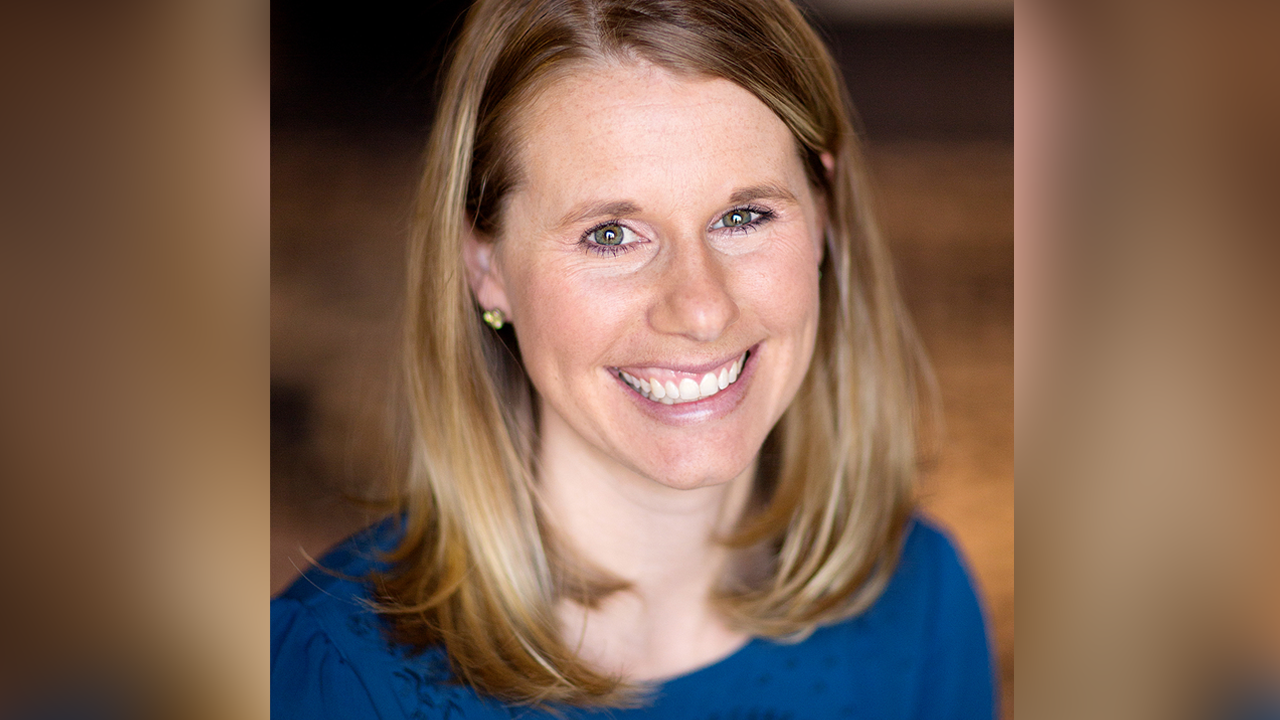
Innovation can come from anywhere, even when working with the youngest members of our society. Alisha Wackerle-Hollman is an innovator and assistant research professor of educational psychology in the University of Minnesota's College of Education and Human Development. Wackerle-Hollman first came to the University as a graduate student in 2004 studying school psychology, but she became more interested in research and stayed at the UMN in a research fellow position. Her current research focus is on early childhood development and designing equitable assessments for young preschoolers, especially around language and early literacy development.
Currently, there are many existing diagnostic tools that help practitioners screen children for a variety of disorders (things like autism spectrum disorder or dyslexia), but many of these tools do not help practitioners make decisions about what to do differently during instruction to support a child’s development. Unlike existing diagnostic tools that just help practitioners understand children’s developmental level, the assessment tools Wackerle-Hollman and her colleagues have developed are instructionally-relevant tools that an early educator can use in a classroom to identify whether a child’s language or early literacy skills are on track and how teachers can support their students with changes in their instruction
“Assessment can sometimes get a bad reputation. Assessment is often perceived as a scary word in a lot of educational spaces,” said Wackerle-Hollman. “But our purpose is to make tools that are really functional for teachers and early educators. They can use them as a quick and easy way to assess where a child's language and literacy skills are, and then make a decision about what they might do differently tomorrow to support that child’s development.”
Wackerle-Hollman's assessment tools, called Individual Growth and Development Indicators (or IGDIs), help early educators track general outcome measures in language and early literacy, much like how height and weight are used as indicators about a person’s physical development. The IGDIs are designed for 3 to 5 year olds and they focus on quickly assessing a child's oral language, phonological awareness, alphabet knowledge, and early comprehension development. IGDIs use a technology platform that allows educators to link two tablets so that teachers can confirm and review child level responses. Immediately after the assessment, educators can see student results in real time through a multi-tiered system of support framework that color codes three tiers (green = performance is at or above target, orange = performance is below target and the student many benefit from additional support, red = performance is significantly below target, and the student may benefit from intensive support).
One of the early challenges Wackerle-Hollman and her team faced early on was that they felt very siloed, with the early childhood assessment field in one silo and the educational technology field in a different silo. Thus, they had a challenging time finding collaborators with expertise across both fields who understood their intended goals and outcomes. Eventually, they did find a good technology partner who has collaborated to build their technology platform.
While the team was confident in the quality of their tool, they did not have the skill set to successfully launch a commercial technology product, so they worked with Andrew Morrow and Chris Ghere in the Technology Commercialization office, who helped guide them through the process, and ultimately, negotiate a license deal with a commercial partner.
“The Tech Comm team were instrumental in navigating this process and helping us set up licensing,” Wackerle-Hollman said. “Andrew guided the process and set up milestones. They walked us through the royalty and licensing process. And they helped us negotiate royalties and how to navigate licensing and intellectual property boundaries.”
Interested in learning more about the patent and licensing process yourself? Visit University Inventors to learn more about working with the Tech Comm office and find the commercialization resources to help you increase your own research impact.